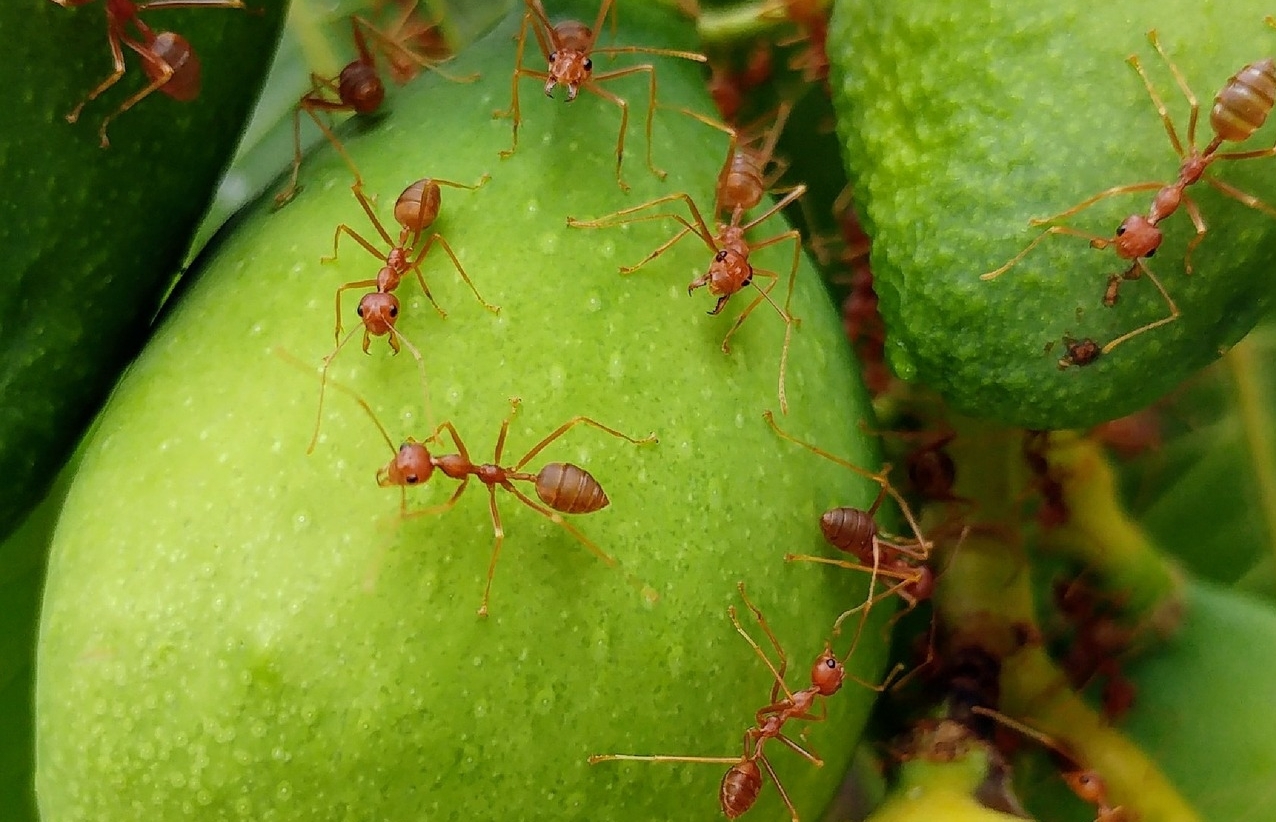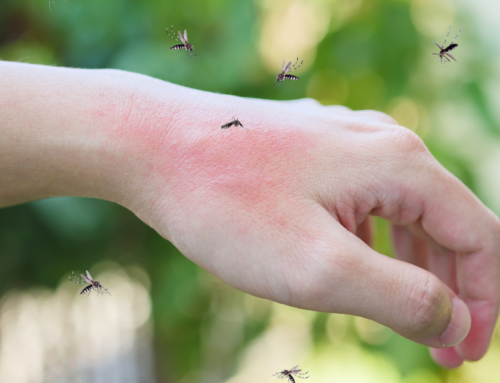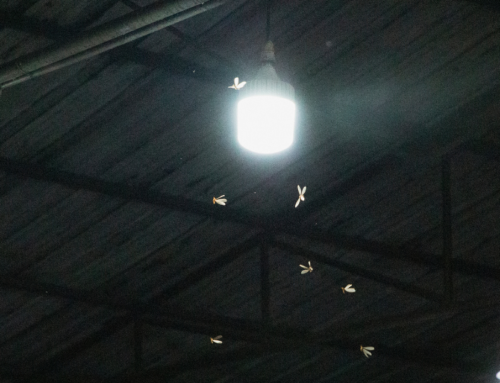It’s time to start thinking about one of Texan’s most hated insects: fire ants. While cockroaches have the ick-factor, fire ants bring the heat — literally. Their bites are extremely painful, which earns them a spot as one of Austinites’ most reviled pests. After winter rains, the ant mounds pop up in spring as frequently as Texas wildflowers. What do you need to know about fire ants and preventing them? Read on to discover the essentials.
What are fire ants?
Although there are native species of fire ants in the U.S., most of the fire ants you see are imported fire ants or Solenopsis invicta. According to Texas A&M AgriLife Extension, this invasive species hails from South America. In the 1930s, ships traveling from the southern continent arrived carrying the ants and accidentally introduced them through a port in Mobile, Alabama. Solenopsis invicta is an aggressive species and quickly overtook their native competitors. Since its arrival in Texas in the 1950s, they have been spreading and now infest at least two-thirds of the state. Because they are now a dominant species, they probably aren’t going anywhere. Instead, the goal is to contain and control them.
The ants vary in size from only a sixteenth of an inch to a quarter of an inch long. They are red and black in color. They have large eyes and a segmented antennae. Their mounds are usually 18-inches or less in diameter.
Fire ant elimination should be left to the professionals like BrockStar Pest Services. We use Topchoice® products which can help prevent fire ants from making your space their home for up to a year, with regular maintenance. We can help you get back to enjoying your home without fear of a painful ant bite.
Why do fire ants sting at the same time?
Fire ants are known for stinging all at the same time. They are sensitive to vibration and movement, which can stir them up leading them to exit their mound and swarm. When something or someone they’re crawling on jerks or tries to run — in other words, introduces additional movement — they sting. When one ant is triggered to bite, the others soon follow.
Red imported fire ant bites are uncomfortable and can cause swelling, itching, and redness. They may also leave white pustules on the skin. The bites are dangerous only in rare cases where a person is allergic or experiences a systemic allergic reaction.
Why are fire ants attracted to homes?
Fire ants take up residence in yards and agricultural areas. Temptations of food and water — especially during dry summer heat — draw the insects to homes. You may find them as unexpected guests at your picnics or cook outs. While picnics are classic places to spot them, you might also find them inside in food bins or even in laundry piles. (They’re fans of moist places where they may be able to find food residue.)
Why are fire ants difficult to get rid of?
There are two varieties of the red imported fire ant: one that lives in single-queen mounds and another that lives in mounds with multiple queens. In the latter case, colonies may contain hundreds of reproductively active, wingless female ants. It’s exceptionally difficult to locate the disbursed queens. This makes mounds more difficult to exterminate because all the queens must be gone for any lingering ants to move on.
Do home prevention methods work?
Most of the popular home remedies for fire ants don’t work. Social media posts tout methods such as feeding the ants instant grits, or pouring baking soda, vinegar, club soda, molasses, plaster of Paris, and/or aspartame on the mounds. None have proven scientifically effective. Pouring hot water on the mound is somewhat successful; however, it comes with a risk. It can cause the colony to swarm and, subsequently, bite whomever is dispensing the hot water.
Texas A&M AgriLife Extension recommends the two-step method, which involves broadly applying fire ant bait once or twice a year, as well as treating nuisance mounds as needed. This method can be 80 to 90% effective. However, it’s important that the bait be applied at the right time of year, right time of day, and in the right weather to be perfectly effective. It’s difficult to accomplish this perfect mix of conditions. Even this method isn’t permanent. Ants will inevitably reinvade, particularly if your yard or rural landscape is an attractive habitat for the ants. Yearly recurrences are common.
How BrockStar Pest Services Can Help
BrockStar has been keeping it local since 2012, so we’ve been there and seen that. We can create a comprehensive pest-control plan to rid your home and yard of ants now and treat recolonizations in the future. Call for a free estimate! 512-800-0437







